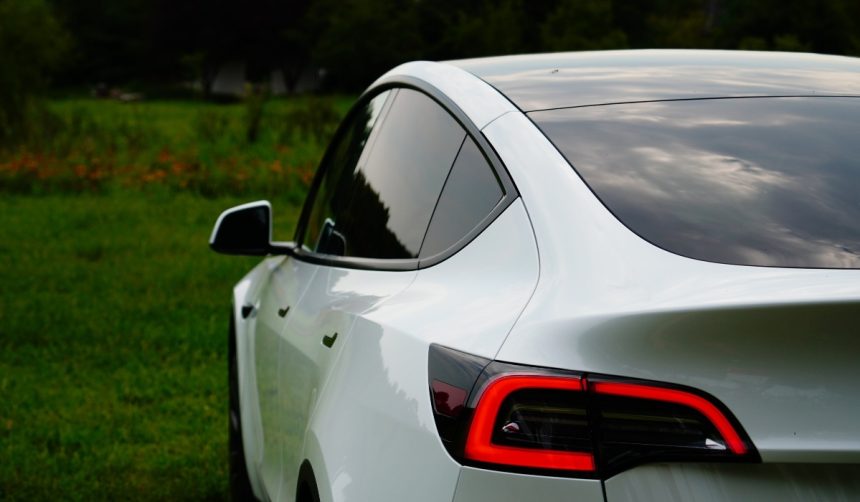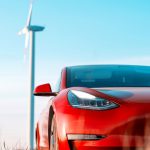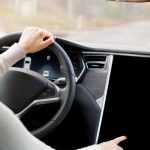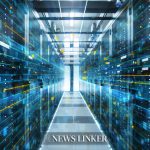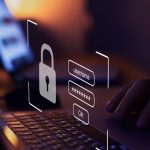Self-driving technology continues to draw significant attention as Tesla’s Robotaxi service prepares for further expansion. As more cities grapple with the logistics of deploying autonomous vehicles, the potential for large-scale ride-hailing fleets grows increasingly tangible. The company’s latest steps toward expanding its Robotaxi pilot reflect ongoing investment in shifting transportation patterns, with residents in Austin and the Bay Area set to see greater numbers of Tesla vehicles navigating their streets without a human at the wheel.
Earlier projections for Tesla’s autonomous vehicle operations focused on cautious growth and limited regional pilots. Consistent outreach suggested scaling efforts would follow regulatory safety clearances and operational reliability metrics. In recent months, small Tesla Robotaxi pilots have faced competition from rivals and regulatory challenges regarding unmonitored operations. Tesla’s current pledge to rapidly deploy hundreds more cars marks a considerable upswing compared to the previously slower, phased increases that characterized much of its earlier rollout.
How Many Robotaxis Will Hit the Streets in 2025?
Tesla CEO Elon Musk revealed on the All-In podcast that efforts are underway to bring Austin’s Robotaxi fleet up to 500 units and the Bay Area’s to 1,000 units by the end of 2025. Currently, both regions are operating on a much smaller scale, serving as test beds for the company’s autonomous ride-hailing technology. Musk’s latest estimates point toward a much larger presence in the coming year, marking an upward shift in Tesla’s approach to deployment volume.
Will Tesla Remove Safety Drivers from Operations?
Tesla is targeting an ambitious goal of removing safety drivers in parts of Austin by year’s end. During the company’s Q3 2025 earnings call, Musk stated,
“We are expecting to have no safety drivers in at least large parts of Austin by the end of this year.”
The company indicates that this move will rely on careful monitoring and a staged rollout.
What Impact Could a Larger Robotaxi Network Have?
The expanded Robotaxi presence could serve as a proving ground for Tesla’s Full Self-Driving (FSD) software, consolidating feedback across a broader area. If executed successfully, the pilot may encourage other regions to consider similar services. Musk added,
“So within a few months, we expect to have no safety drivers at all in at least parts of Austin. We’re obviously being very cautious about the deployment.”
Tesla’s anticipated Robotaxi expansion brings greater visibility to shifting norms in mobility and public adaptation to autonomous technology. While these efforts align with Musk’s longstanding view that driverless mobility will be important for Tesla’s business, their success depends on how well the technology performs in real-world, high-density urban settings. Tracking deployment rates, safety data from these new routes, and public feedback will be crucial in evaluating the broader implications. For those following autonomous transportation, the coming months will provide new data on operational scale and regulatory acceptance.

